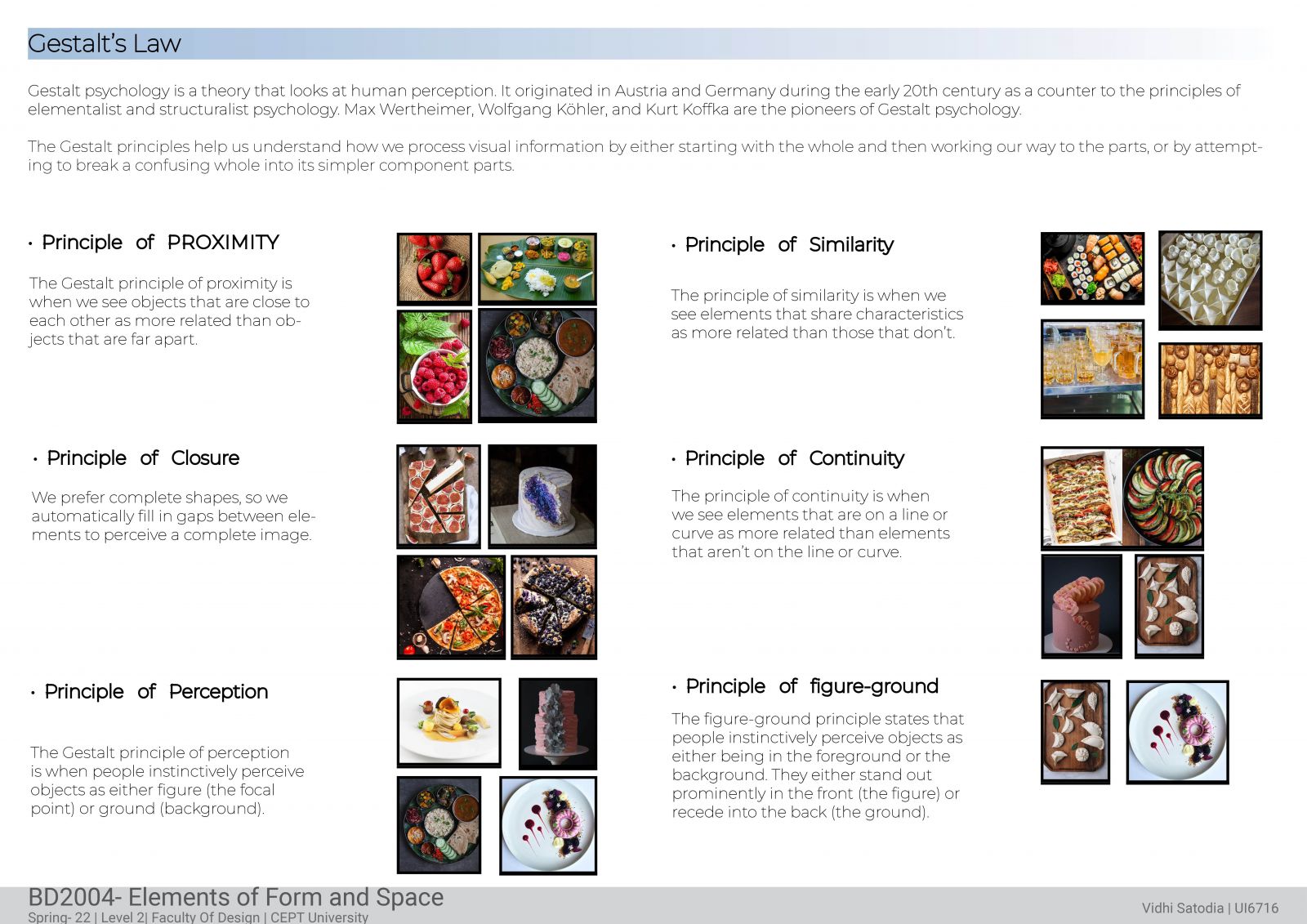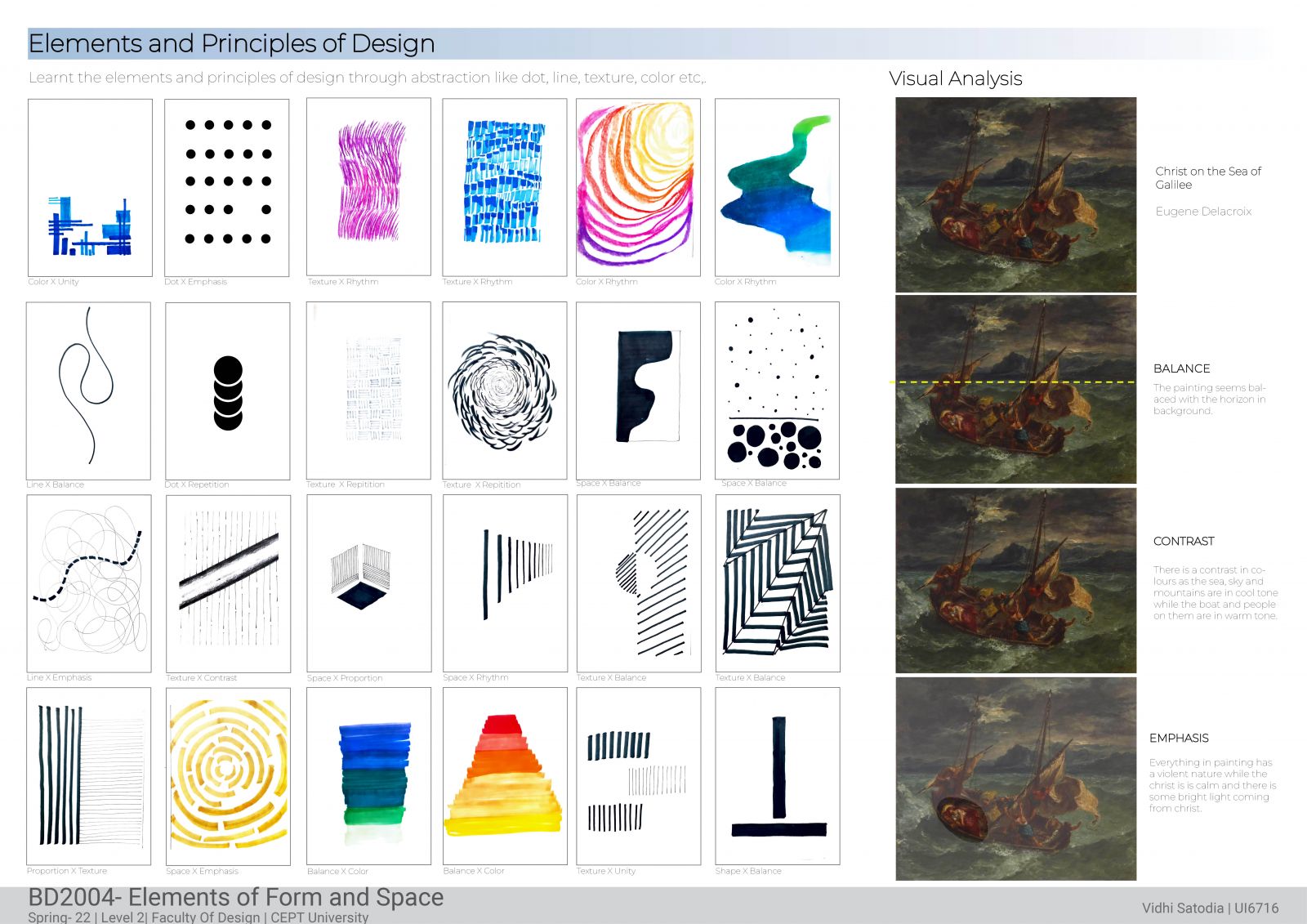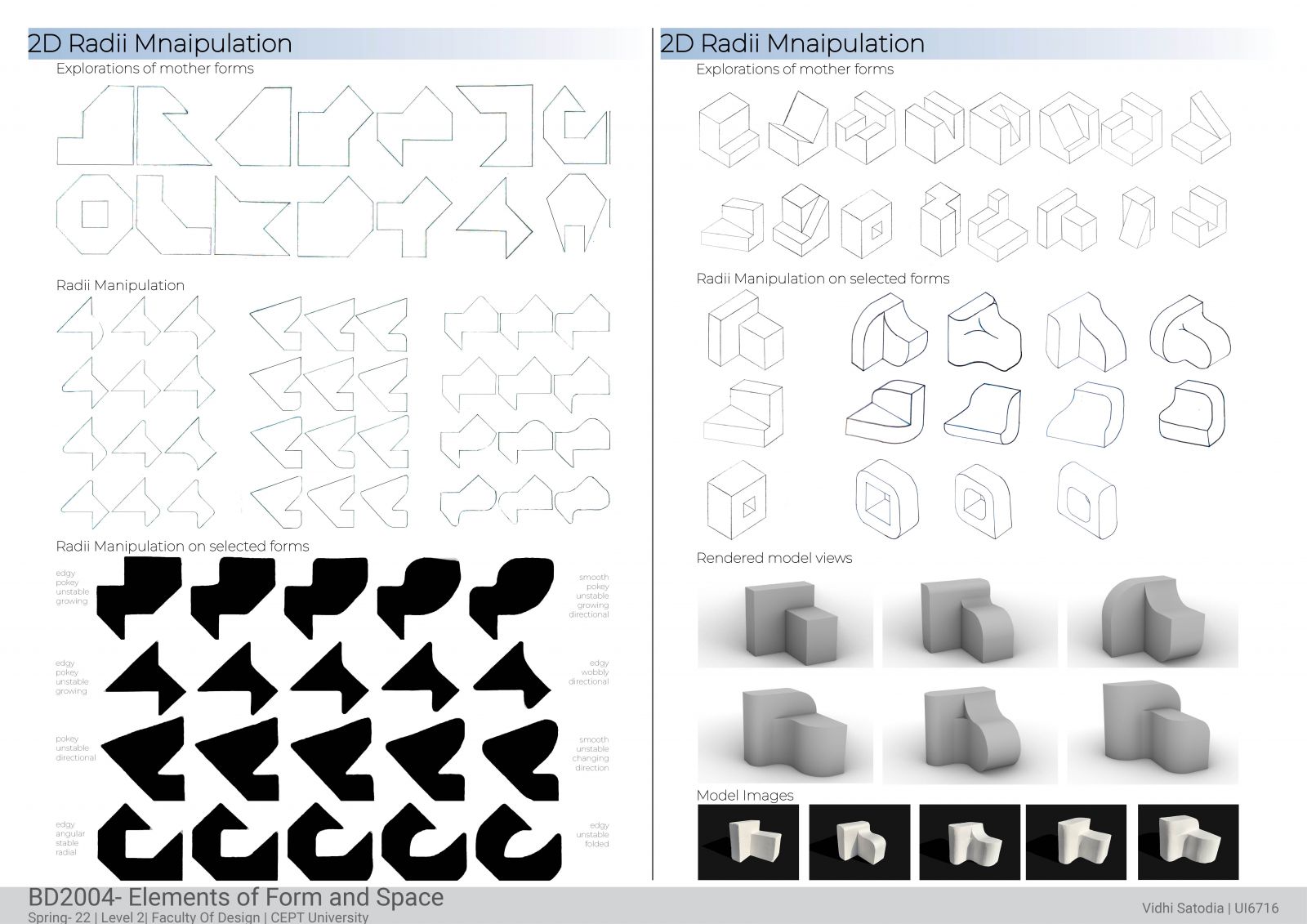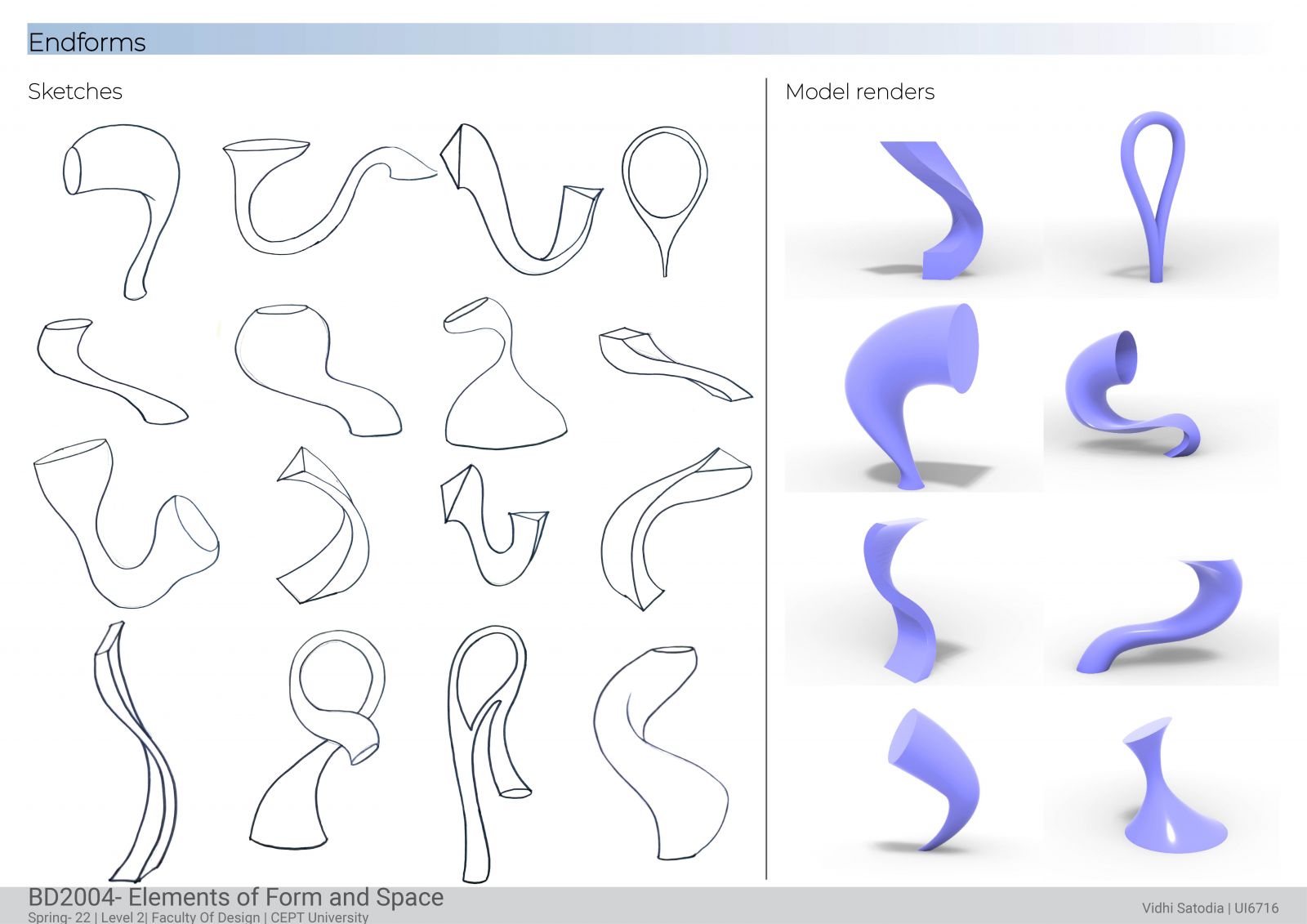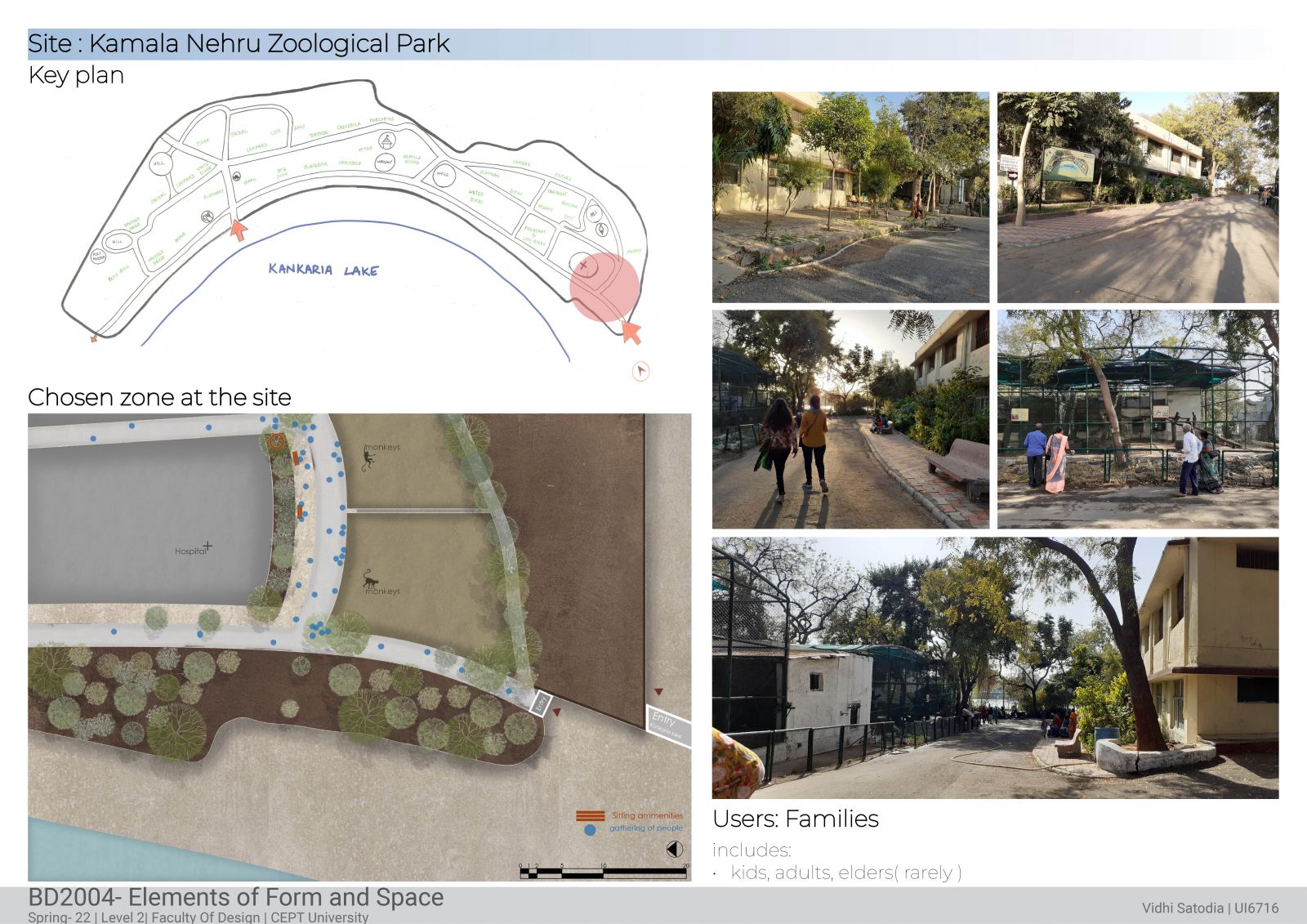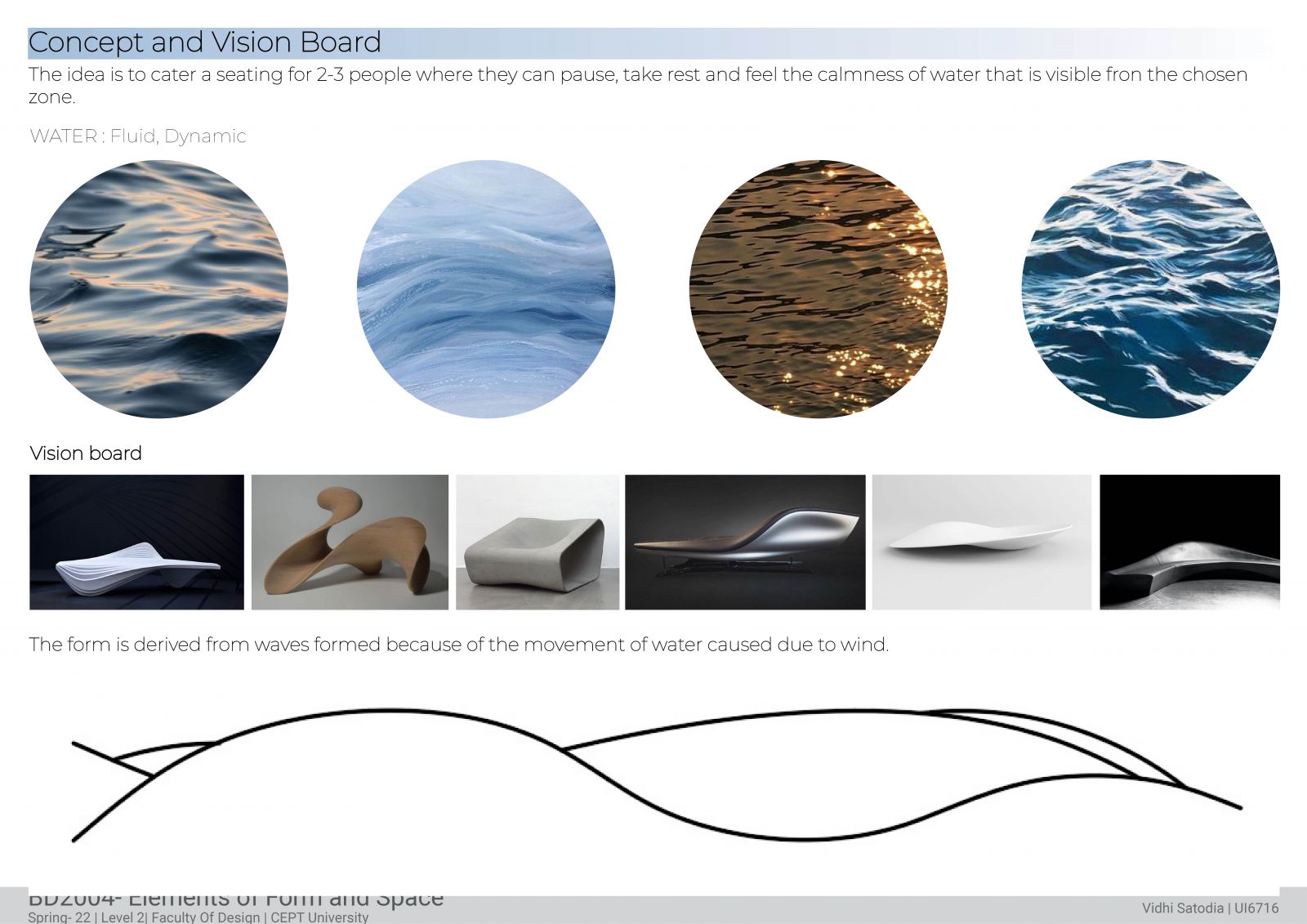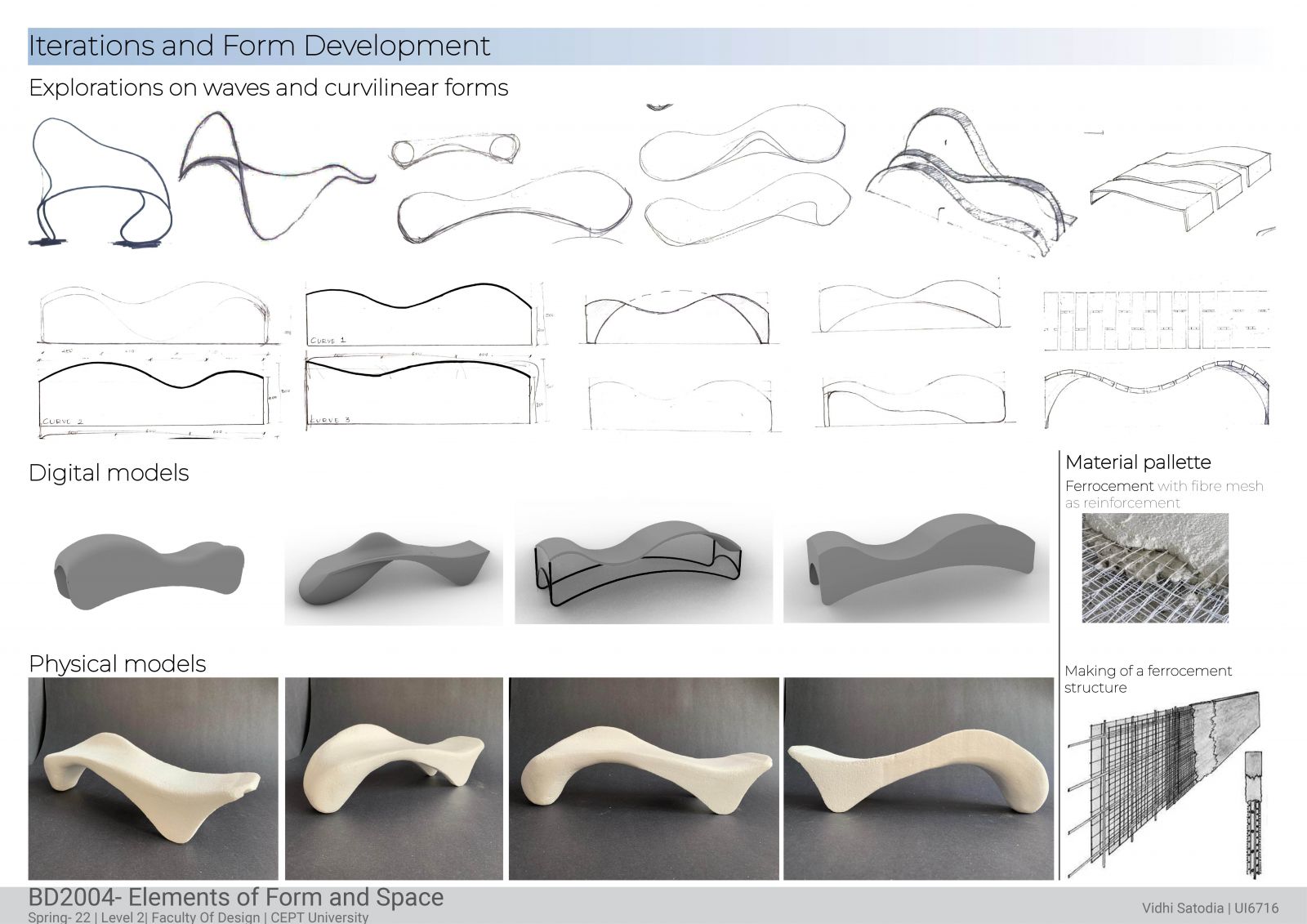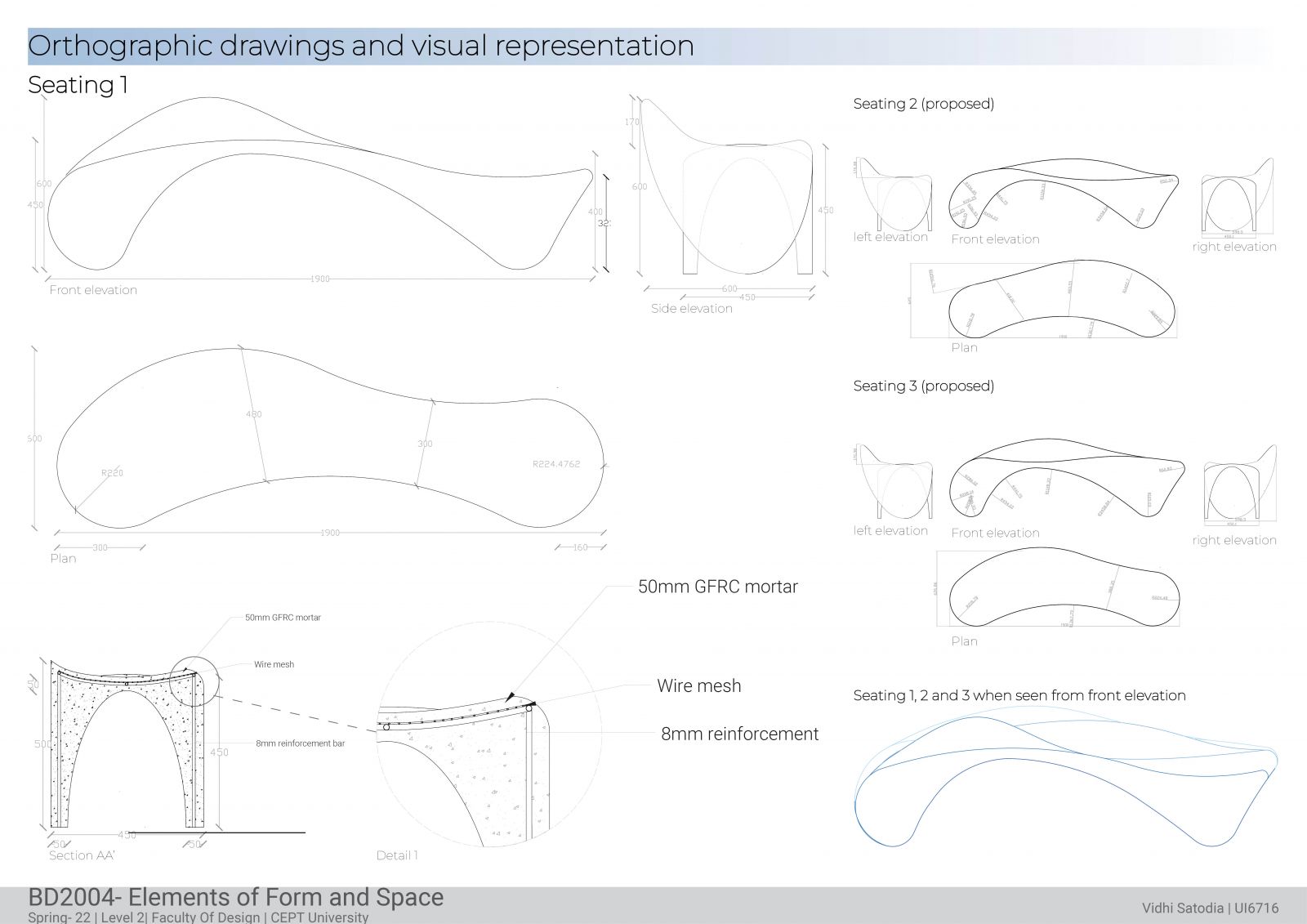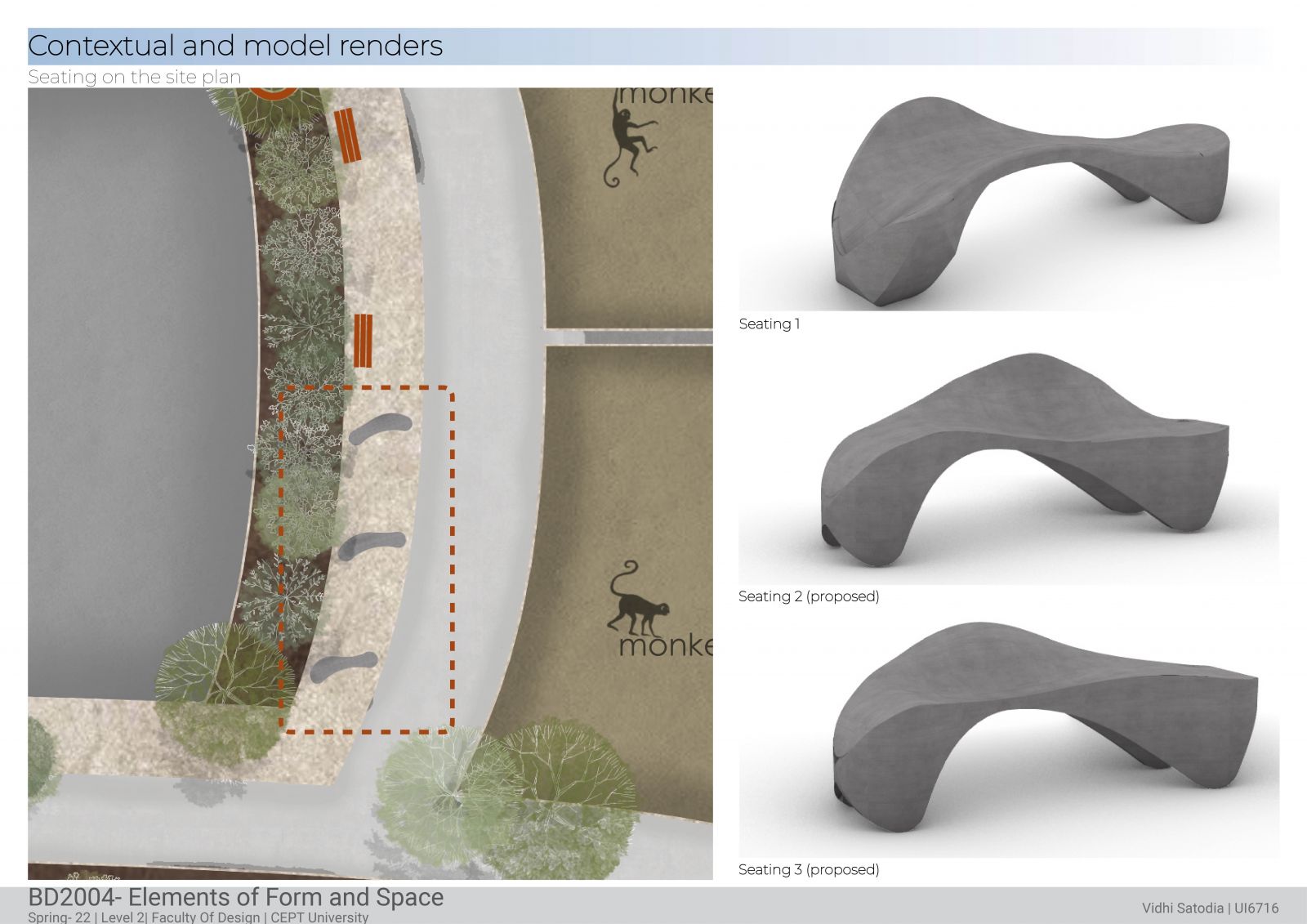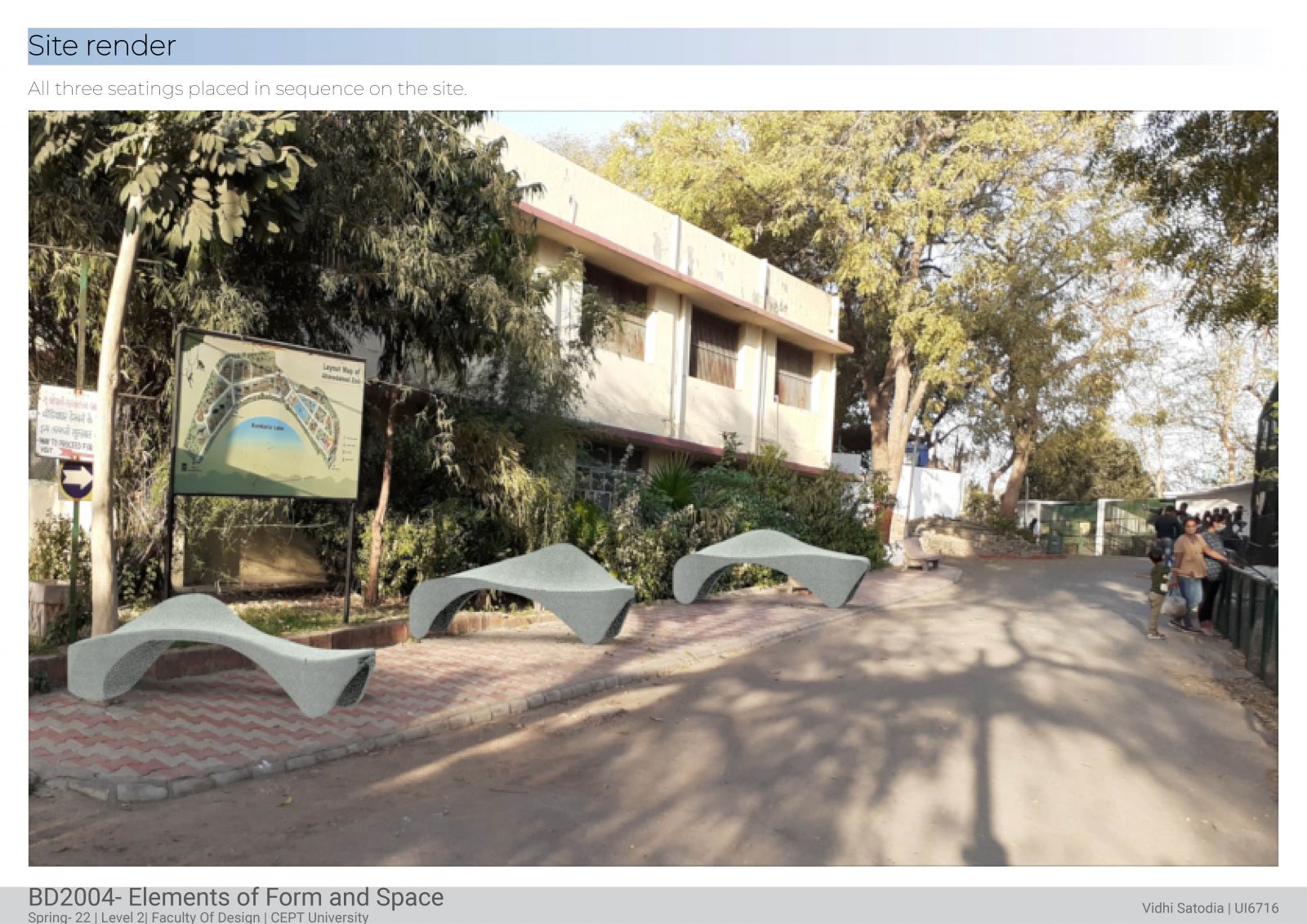Your browser is out-of-date!
For a richer surfing experience on our website, please update your browser. Update my browser now!
For a richer surfing experience on our website, please update your browser. Update my browser now!
This course was designed to refine and sharpen the students' perceptual and aesthetical sensibility. It also enables the students to understand and apply some basic principles of form generation and help them to visually and verbally articulate their form ideas. Some of the most important topics that were touched upon in this course (studio) are - form integrations, form transitions, geometric relations and manipulations. As an approach, drawing and model making were used extensively. This was also meant to enhance the creativity of the students in using the visualization media In terms of visual perception; every form has a surface or surfaces, i.e., the outermost part of the form directly in contact with the space surrounding it. Every form is perceived by its surface (excluding transparent and translucent forms where the inner content of the form is also seen). In other words, this is the stage when one begins to understand the form. Other aspects then follow in due course of ones? experience with the form.
